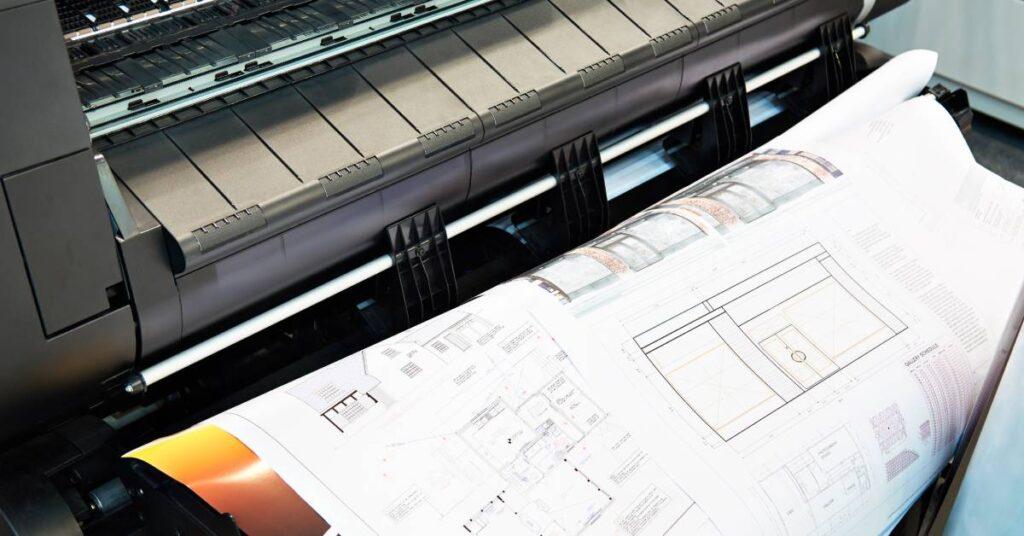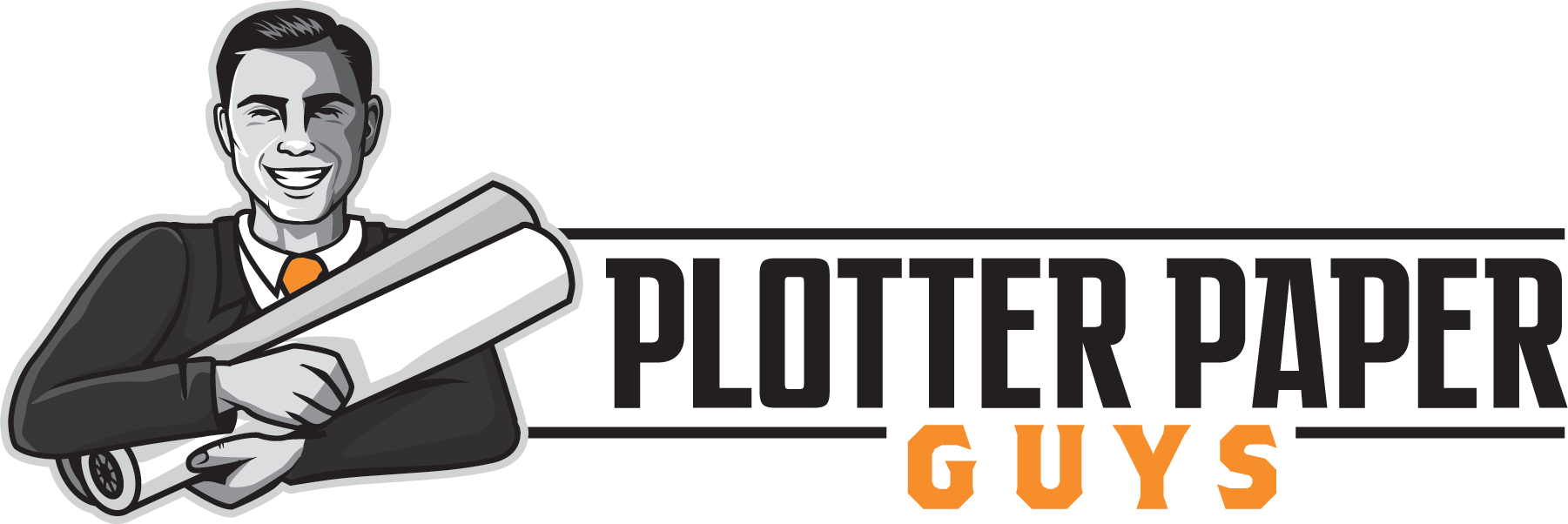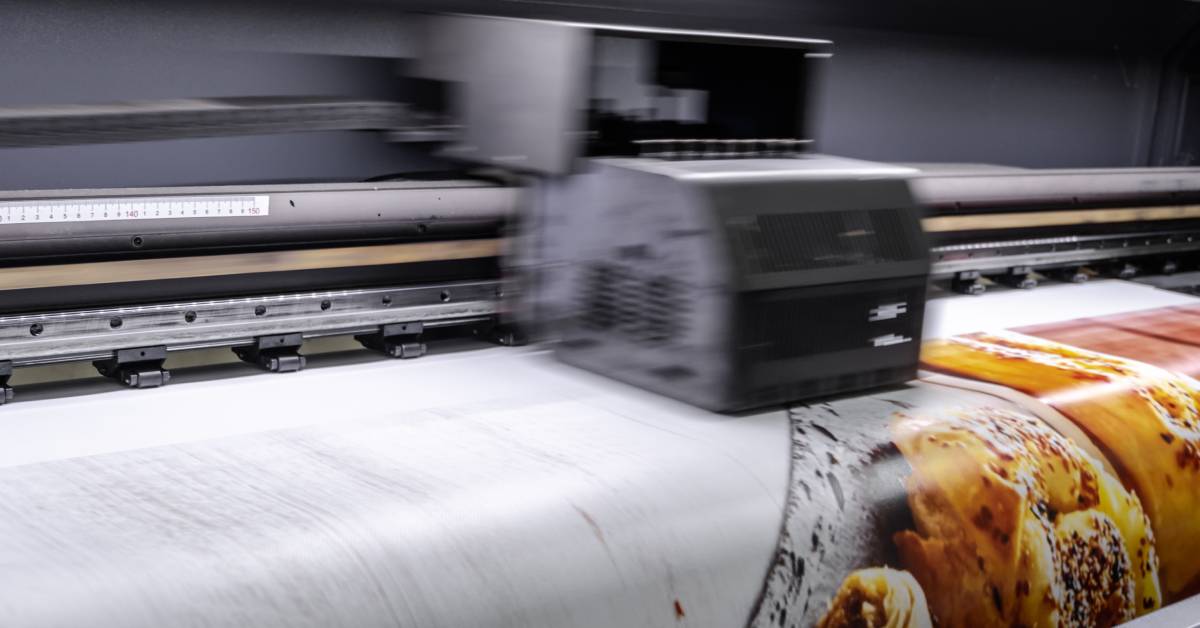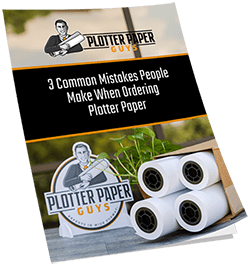Printing has become common in many industries. It offers a way to create eye-catching visuals, detailed technical drawings, and professional presentations. From marketing displays to construction plans, the technique you choose can make a huge difference in the quality of your end product.
With so many options available, knowing which approach works best for your projects can seem daunting. This post dives into all the different printing methods explained.
What Is Large- and Wide-Format Printing?
Large-format refers to a category of printing that produces bigger than standard prints. These include posters, which are for advertising and public announcements. Banners are also prominent, serving as large-format presentations for promotions or events. Additionally, construction schematics are part of this, providing detailed plans and blueprints for building projects. The process generally focuses on prints wider than 18 inches, extending up to 100 inches or more. The two primary types of large-format printers typically fall into inkjet and laser printing. Each process offers its unique benefits and use cases.
Wide-format printing generally involves equipment designed for bigger widths, like specialized plotters or printers. Both categories feature methods that consistently handle heightened resolution with expansive sizes and materials.
Your desired result, the material you use, the level of detail needed, and other specific requirements determine the choice of printing method. For example, advertising a big promotional sale often calls for bold, colorful banners, while an architect might need detailed technical drawings on 20lb inkjet bond paper for a presentation.
Inkjet Printing
Inkjet printing is one of the most common large-format methods. It works by spraying fine droplets of ink directly onto the material, resulting in sharp detail and vibrant colors. This method is ideal for graphics-heavy prints such as posters and banners. It’s also perfect for fine art or photography.
Inkjet printers work on various surfaces, including traditional paper rolls, canvas, vinyl, and specialized photo paper. High-quality bond paper is common for CAD drawings or other precise outputs because it supports crisp lines and consistent ink absorption.
Pros
- Delivers high-quality details and color accuracy.
- Handles a variety of materials, making it versatile.
- Great for short runs or one-off projects.
Cons
- Slower than other methods for bulk jobs.
- Can be more expensive when used exclusively for long runs.
Inkjet printing is a favorite for architects who need sharp blueprints or graphic designers producing promotional visuals. You’ll often see rolls specifically labeled as “inkjet compatible” to optimize results.
Laser Printing

Laser printing operates through a more structured and efficient process compared to inkjet printing. It uses electrically charged particles or toner fused onto the surface through heat, delivering fast and precise results.
Laser printing particularly excels in creating black-and-white outputs for detailed graphics like architectural drawings and floor plans. While it can handle color as well, the output may not offer the same vibrancy as inkjet.
This method is most effective on bond paper and sturdy materials that can withstand the heat-fusing process. For technical prints, architects and engineers often choose durable rolls of bond paper for exceptional clarity.
Pros
- Extremely fast for large volumes.
- Cost-effective for high-demand printing.
- Precise, consistent output for line-specific graphics.
Cons
- Color printing lacks vibrancy compared to inkjet.
- Limited material versatility.
If speed is the primary goal for your task, laser is the answer. Bulk runs of construction schematics or engineering plans print faster, allowing you to meet tight deadlines without compromising detail.
Specialized Printing Techniques
Beyond the inkjet and laser options, several specialized printing methods are widely available, depending on your needs.
UV Printing
UV printing uses ultraviolet light to instantly cure or dry the ink onto a material. This innovative technique works wonders for signage and outdoor graphics because of its durability and weather resistance. It works as effectively on tough surfaces as it does on traditional paper.
They can work with unconventional mediums like wood, leather, glass, and plastics. This versatility makes them excellent for advertising displays.
Pros
- Extremely durable output.
- Works well on uncommon surfaces.
- Vibrant and accurate graphic printing for long-lasting visuals.
Cons
- Relatively expensive setup costs.
- Overkill for simple documents.
For outdoor installations, like real estate signs or storefront promotions, UV printing is practically a must. It offers the toughness needed to brave unpredictable weather while looking professional.
Dye Sublimation
Dye sublimation printing is a two-step process primarily used for textiles. It transfers dye via heat, embedding the ink into the fabric rather than sitting on top of it. This method is perfect for banners, trade show backdrops, and soft signage.
Its process works best on polyester-based materials. Because its focus is textile-specific prints, paper or vinyl aren’t applicable.
Pros
- Produces vibrant, long-lasting colors.
- Suitable for fabric-focused applications.
Cons
- Limited to fabric and textiles.
- Requires specialized equipment and substrates.
When a bold fabric display is necessary—whether for hanging advertising banners or branded apparel—dye sublimation creates results that are as practical as they are stunning.
Aqueous Printing
Aqueous printing is a water-based method known for its cost-efficiency and environmental friendliness. It delivers excellent color output and is often best for indoor posters or short-term promotional materials.
The primary materials include paper substrates or lightweight materials, including both coated and non-coated stocks. This is suitable for a range of surfaces, including cardboard and thin plastics.
Pros
- Affordable and environmentally conscious.
- Good for sensitive high-resolution color prints.
Cons
- Not durable for outdoor use.
- Requires coated substrates for best results.
If you need an economical solution for high-quality event displays or short-term promo signage, aqueous printing comes in handy. It offers quality without excessive investment or wastage.
Choosing the Right Method for Your Needs
Business needs vary greatly depending on the industry and project. Understanding the nuances of all the different printing methods will guide you to the most effective options for your work.
Consider the materials your project demands. For precision-based jobs like technical CAD drawings, 20lb inkjet bond paper provides excellent quality at an affordable price. On the other hand, UV printing or dye sublimation could be better suited for promotional and branding efforts requiring maximum color impact.
Crafting Stunning Prints Starts Here
The right printing method can elevate a project from good to exceptional. Whether you’re tackling marketing, construction planning, or event design, every method comes with strengths that cater to specific needs.
Don’t hesitate to explore compatible materials and suppliers like Plotter Paper Guys for your printing essentials. Mastering varied methods is no small feat, but with this insight, you can choose the best techniques for your next project.





